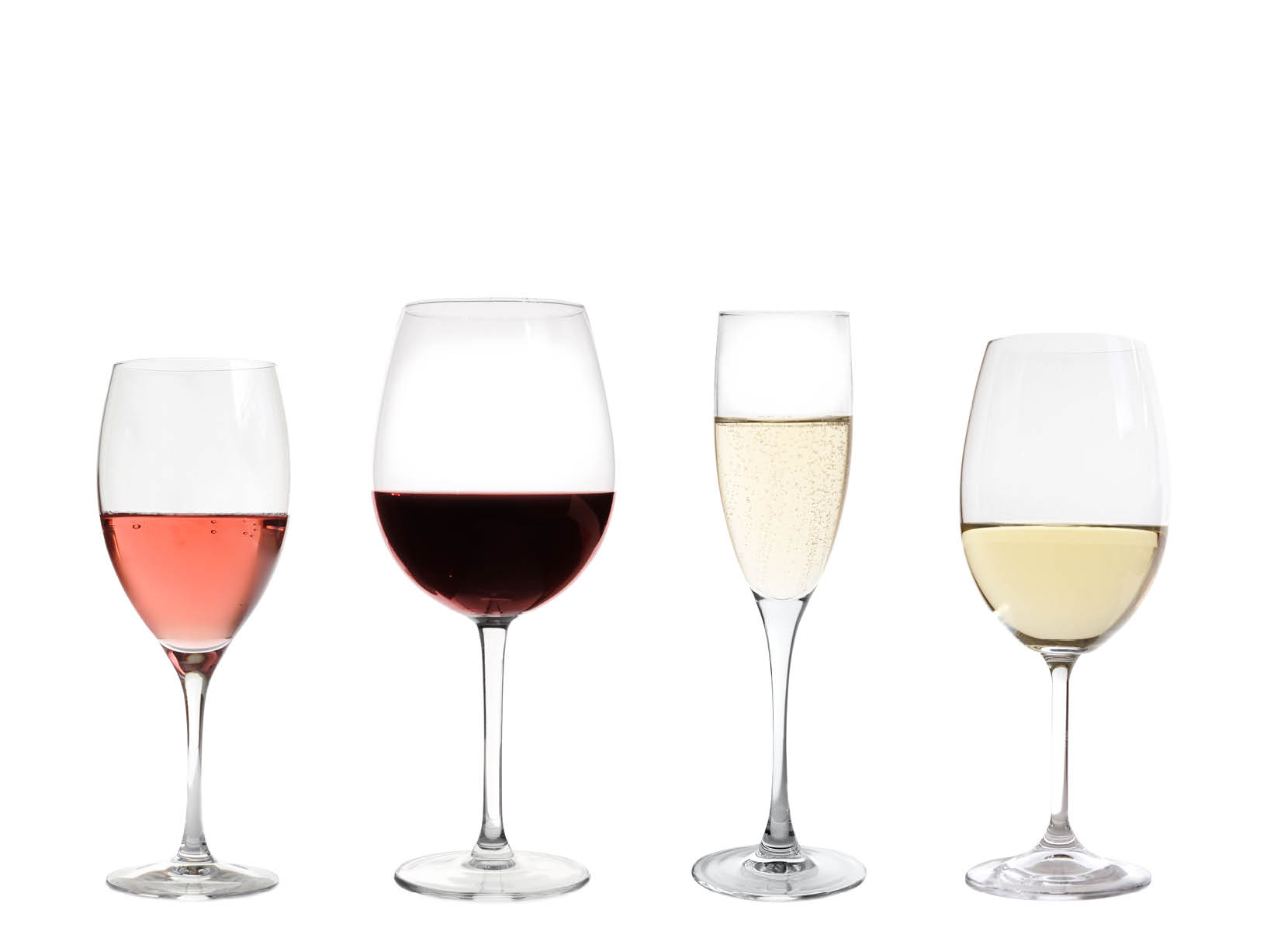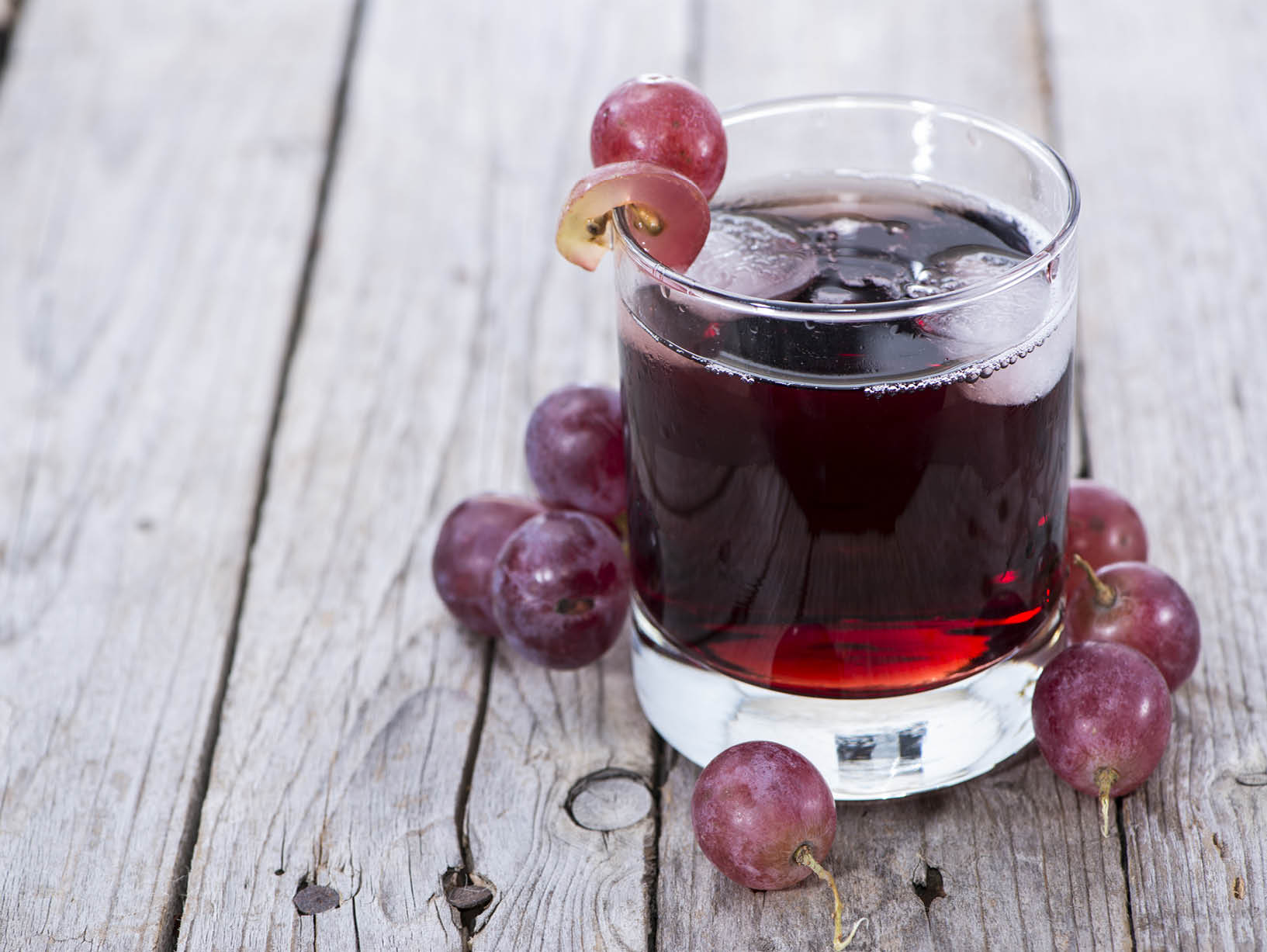A Toast to Your Health
From Portugal and Italy to France and, yes, the United States, people around the globe know how to savor a good glass of vino. Since there’s no question that wine is one of the world’s most beloved adult beverages, it’s worth analyzing what all that fermented grape juice is doing to our health.

What’s in a name?
There are many different types of wine out there, but most can be broken down into four different categories: red, white, dessert, and sparkling. And not all wine is created equal when it comes to health benefits.
In general, wine is produced through a process of harvesting grapes, crushing and pressing them, fermenting them to turn the sugar into alcohol, and aging the fermented juice until the desired product is achieved. But the types of grapes used and differentiations in production all help to determine which category of wine it falls into.
Red wine
Red wine can be intimidating for novice wine drinkers, as it is often drier and more bitter than white wine. That is because grape skins, which contain tannins, are left intact for the majority of the process. Tannins are responsible for the overall profile of red wines, and the darker the wine, the more tannins there are in it. One of the longest-aged red wines is cabernet sauvignon, which is very high in tannins; merlot is another favorite, considered easier to drink than cabernet sauvignon; and chianti is a dry red, which is a long-standing favorite among Italian red wines.
White wine
While light in color, white wines can actually be made from any color of grape, but the grape skins are removed very early in the fermentation process and the juice is heavily filtered to remove any residue. White wine is often more acidic than other wines, but it is not typically aged as long as red wine in order to maintain a sweet or tart flavor. Chardonnay is a popular white variety with subtle floral notes, Riesling is another common form that comes in both dry and sweet, and Moscato is considered one of the sweetest (and most easily drinkable) whites.
Dessert/fortified wine
Dessert wine is, as its name suggests, the sweetest type of wine and is often served after dinner or alongside a dessert. It can also be fortified with other alcohols, which can help maintain its sweetness. Some of the most popular types of dessert wine include port, from the northern Port region of Portugal; sherry, a kind of Spanish wine; and marsala, a Sicilian wine fortified with brandy.
Sparkling Wine
Although it’s most often called champagne, sparkling wine simply refers to any wine that is carbonated using carbon dioxide after the fermentation process. To be labeled as champagne, the wine must come exclusively from the Champagne region of France. Prosecco from Italy and cava from Spain are other examples of popular sparkling wines.
A glass of benefits
Now that you know the different types of wine out there, it’s time to talk about the components in wine that contribute to well-being. Obviously, consuming a large amount of wine each day isn’t recommended, and it will not maximize the health benefits you’re looking to achieve. Instead, limiting yourself to no more than one glass (four to five ounces) per day is best.
Because wine is made from grapes, every glass contains some of the same nutritional properties found in the fruit. Resveratrol, found more prominently in red wines, is one such ingredient that can have a positive effect in eliminating cell-damaging free radicals from the body. Resveratrol is a type of antioxidant—one of the most highly regarded ingredients in food—that can help prevent signs of aging and fend off certain diseases, thus contributing to longevity.
The most important thing to consider when selecting a wine is to opt for varieties low in sugar and high in antioxidants. And while this often means pouring a glass of red, blends such as rosé can be slightly sweeter options that still offer the benefits of resveratrol, though in smaller quantities.

Nonalcoholic alternatives
Plenty of people prefer not to drink alcoholic beverages for a myriad of reasons, and that’s completely understandable. And if you’re looking to attain similar health benefits to those in wine, there are many ways to do it. Aside from grapes, berries and leafy greens hold plenty of antioxidants, so incorporating them into your regular diet is a great option.
As far as drinks go, natural fruit juices, especially grape and pomegranate, offer similar benefits to those found in wine, only without the alcohol content. Just be sure to read the label to make sure the juice you choose is sweetened naturally and not loaded with added sugars.
Ultimately, like most things in the health world, moderation is key when it comes to drinking wine. There are plenty of reasons to still continue enjoying your favorites in recommended amounts. So sit back, relax, and pour yourself a glass.









